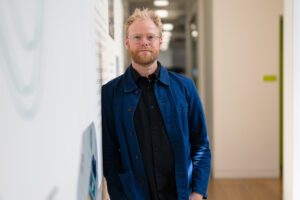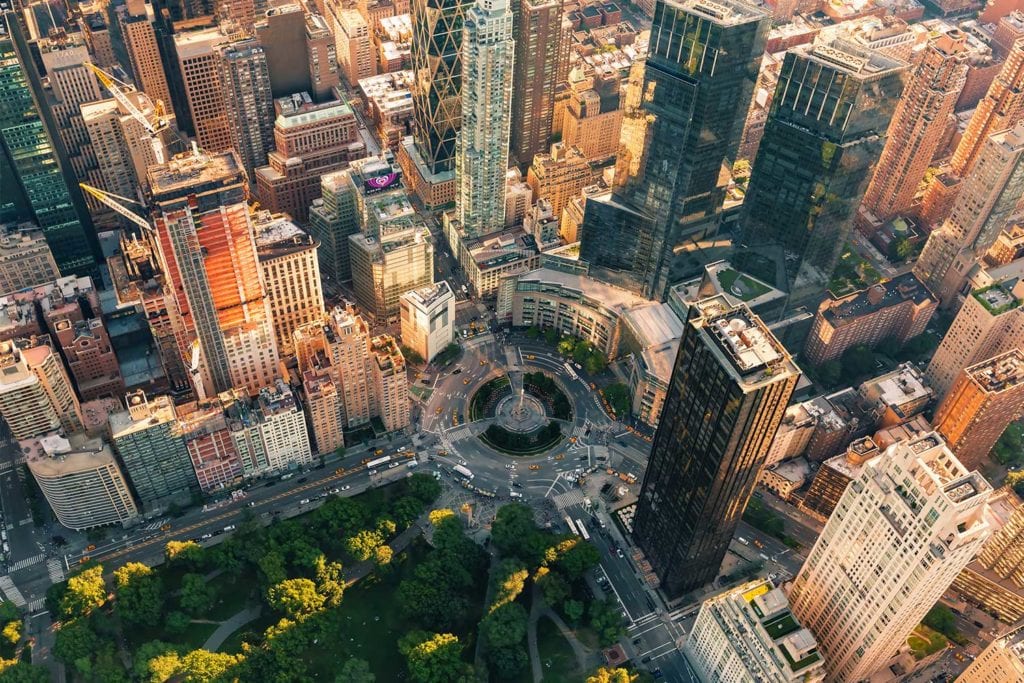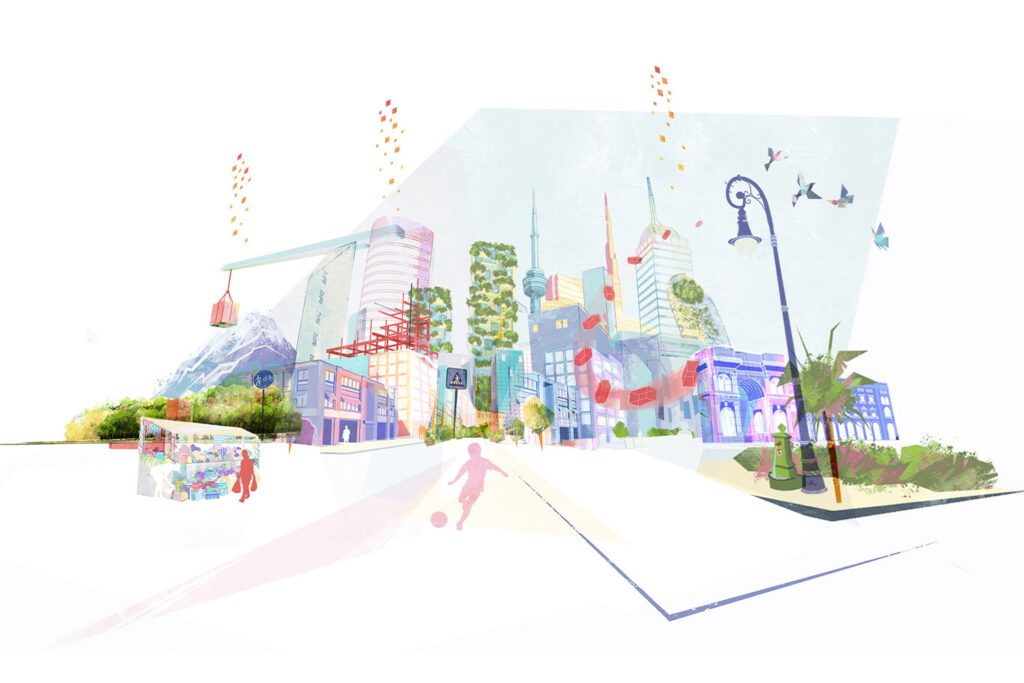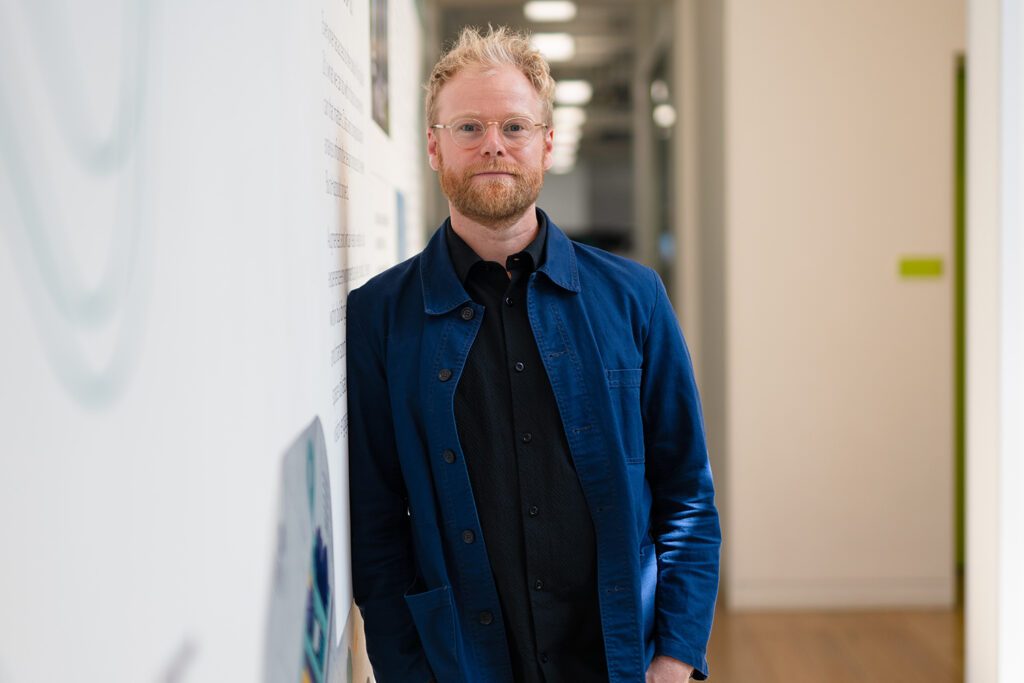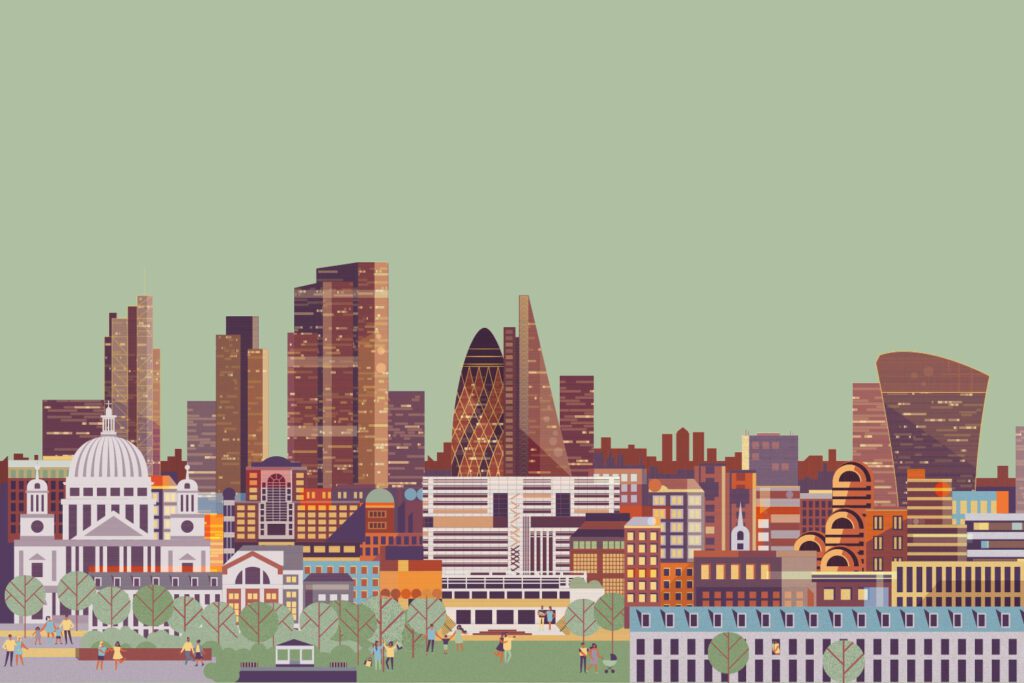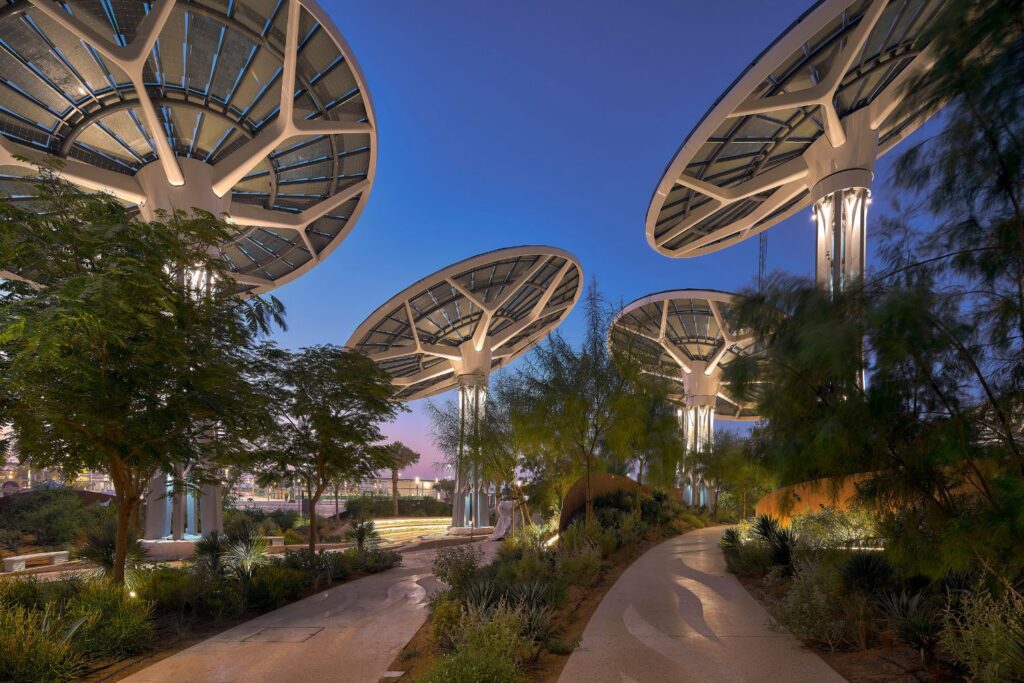EcoCity World Summit 2023: Connecting Communities
In a reflective piece, UK Sustainability and Physics Associate Fergus Anderson discusses the outcomes of the EcoCity World Summit, a diverse conference and exhibition programme held at the Barbican Centre, responding to the theme of Connecting Communities.
“Is this the best we can ask for?”
Mikaela Loach, Climate Justice Activist.
Like Mikaela, we agree that there is no shortage of intelligence, creativity and will to reimagine the future of cities and neighbourhoods. Architecture and urban spaces are our imprints on history, the built environment has the potential to be transformative but is deeply entangled in systems of power, growth and competition. Untangling these systems will require communities to connect, it will require collective action. We have to collectively ask more of ourselves.
For this reason, we were delighted to be able to attend the EcoCity World Summit, held this year in London at the Barbican Centre. With such a diverse, curious and purpose driven cohort of speakers and attendees, there was no shortage of provocation. Here are our brief reflections on these and what they might mean for the future of our (and your) work as those shaping the built environment…
We must embrace new, participatory forms of world-building
A perfect merging of approaches was found in Alissa Anrasek’s (AiArch) and James Golding’s (Epic Games) presentations, who back-to-back outlined the deep complexity of cities and the comparably relative primitiveness of the systems we use to imagine/reimagine these. This was followed by the potential of games and universes such as Fortnite to engage new communities in the building of worlds. If our notes serve us well, almost 40% of time spent in Fortnite is spent in creator mode. This highlights a real opportunity to democratise the design of cities with methods that thousands (if not more) are already using worldwide.
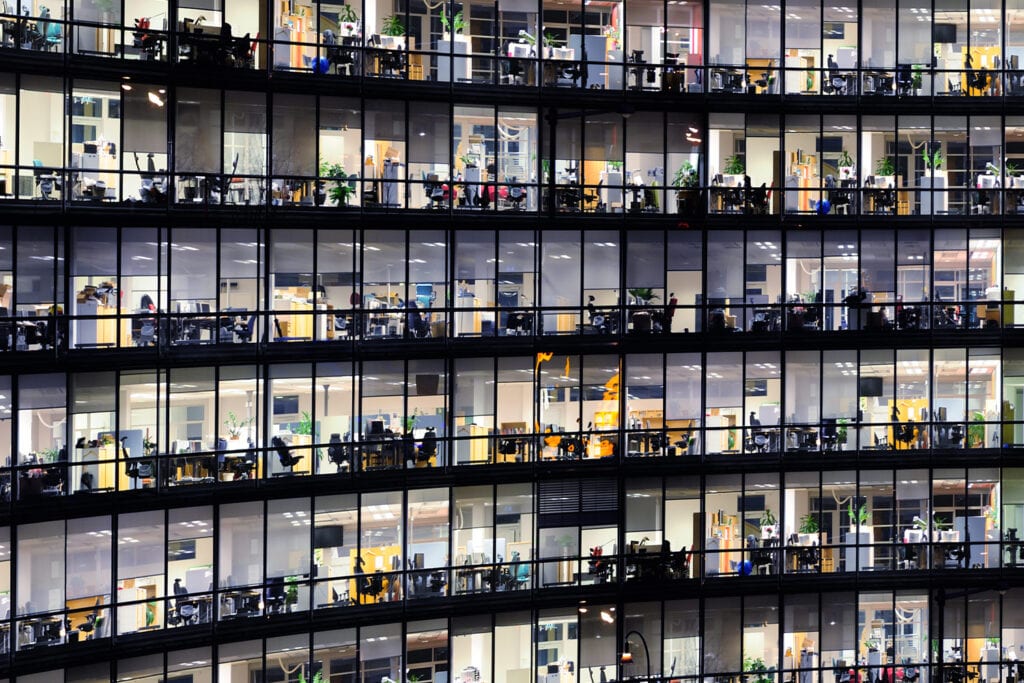
How can we gamify energy performance? Gamifying energy performance in buildings – Buro Happold
We must champion empirical evidence
This is nothing new for the engineers amongst us but Tracy Smith-Carrier’s calls for more vocal championing of empirical evidence is needed to unlock those bold but impactful ideas currently seen as ‘fringe’. If we were to base all those decisions shaping our cities on empirical evidence, what would they look like?

Discover more: Complex Urban Systems for Sustainability and Health (CUSSH) – Buro Happold
We must present co-benefits to scale up and unlock action
Talking about carbon or greenhouse gas emissions is not catalysing the scale or pace of change that we require to address the multiple environmental and social challenges our cities are grappling with. As such, we must develop the knowledge and resources to be able to quantify the co-benefits of climate action.

More information: The Multiple Benefits of Deep Retrofits a Toolkit for Cities
We must work with local crafts to build resilient neighbourhoods
Lina Ghotmeh’s beautiful articulation of this point was best illustrated through her studio’s Stone Garden residential development in Beirut. After the 2020 explosion, unlike many other structures, her studio’s project remained standing and largely unaffected with just the windows blown out but taking on a new life since.
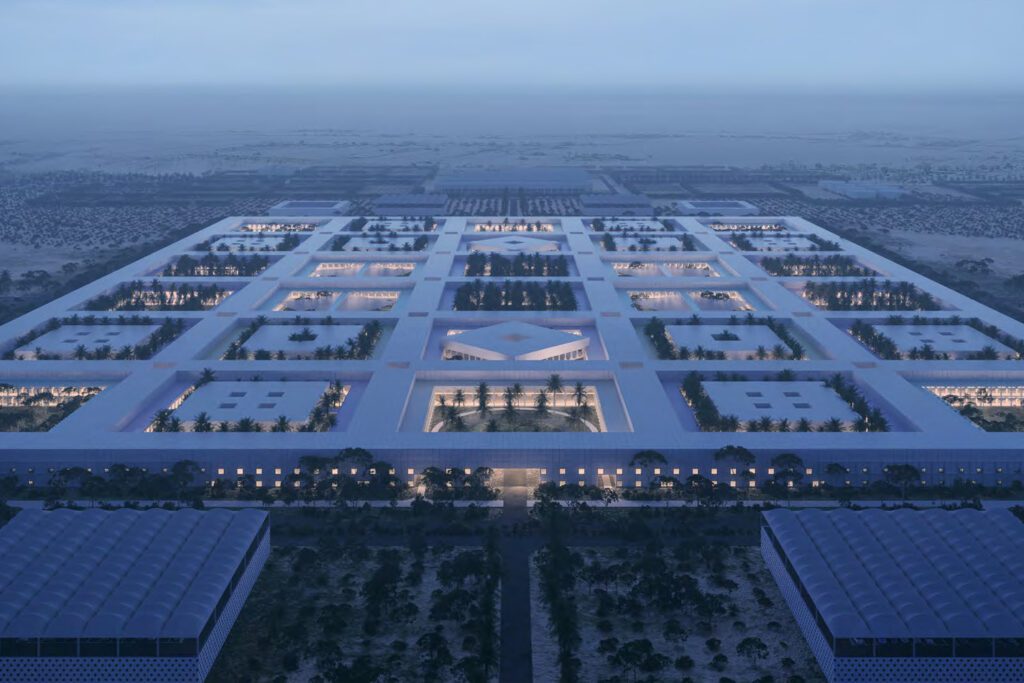
Find out more: Hospital of the Future – Buro Happold
We must question who owns the city
Unsurprisingly there was no answer to this debate. What emerged though was a clear call to address the typical power structures and flows of finance that have dominated decisions in our built environment by establishing forums which empower and give equal weight to all citizens in establishing a future vision for their city and neighbourhood.

Find out more: OurCounty: The Los Angeles Countywide Sustainability Plan – Buro Happold
We must recognise that the greatest growth will occur in the most fragile cities and contexts
What does it mean to design in such contexts? Omar Degan showed us both what it means to design with elegance and without abundance, but also the significance of civic and community spaces in revitalising neighbourhoods in such contexts.

Discover the Bridges to Prosperity project: Bridges to Prosperity Gatare – Buro Happold
In the closing keynote from this year’s RIBA Gold Medal recipient, Yasmeen Lari’s clear call was made for the democratisation of our work and for our professions to consider how we shift from designing for the 1% to designing for the 99%. As our cities grapple with the challenges of climate change, population growth, geo-political tensions, and issues of equity this is a poignant call to action.
